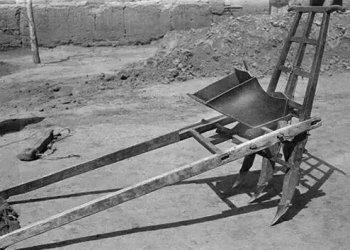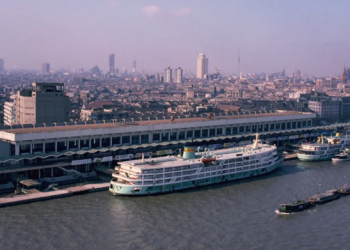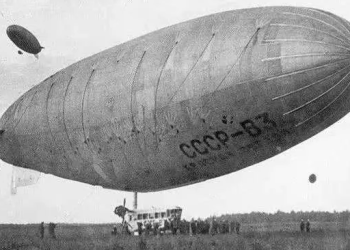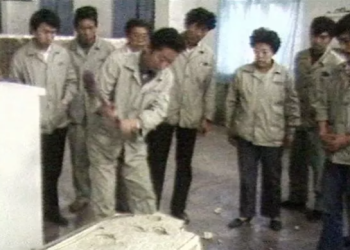During the First Five-Year Plan of New China, the State Council decided to build the Beijing underground railway. It repeatedly stated: “In order to provide city residents with the most convenient and economical means of transportation, and especially to meet the needs of national defense, we must plan for the construction of underground railways as soon as possible.” Subsequently, the Draft Plan for the Short-Term and Long-Term Underground Railway Network in Beijing was drawn up.
On September 3, 1956, Deng Xiaoping, then General Secretary of the CPC Central Committee, gave instructions on the Beijing Municipal Party Committee’s request to the Central Committee regarding preparations for the underground railway: concerning the construction preparations for the Beijing underground railway, it was agreed that the Beijing Municipal Party Committee would be responsible for the matter. For administrative and technical personnel required for the preparations that Beijing could not provide, relevant ministries such as the Ministry of Railways, Ministry of Geology, and Ministry of Urban Construction could assign support.
On October 24, 1956, the Underground Railway Preparatory Office was established in Beijing, with a leader appointed by the Beijing Municipal Party Committee to divide tasks for the preparatory work. Soon after, a team of Soviet underground railway experts was invited to Beijing to provide guidance, and personnel were sent to the Soviet Union to study subways and civil air defense works. In 1957, under the guidance of Soviet experts, survey, design, and planning schemes were produced. At that time, six lines were proposed for the Beijing underground railway, with 111 stations, totaling 168 kilometers. Surveying and testing followed.
In 1958, the Underground Railway Engineering Bureau of the Ministry of Railways was established. In early 1959, at Gongzhufen and Muxidi, two vertical shafts 120 meters deep and several tunnels over ten meters long were excavated—this was the initial test section, completed in 1960. In 1961, a blueprint for four horizontal, four vertical, and one circular line, totaling 252 kilometers, was released.
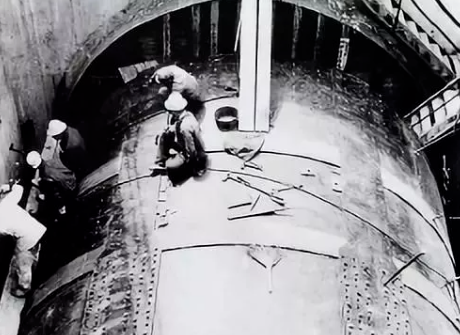
However, with a large number of Soviet experts withdrawn and the domestic economy struggling during the three difficult years, the engineering teams originally engaged in construction—the Beijing Underground Railway Engineering Bureau, the Electrification Engineering Bureau, and the Wind-Sand Line Engineering Bureau—were merged into the North China Railway Engineering Bureau, leaving only one underground railway engineering office. Construction talent was severely lost. The underground railway project, originally scheduled to start on July 1, 1961, was forced to stop.
By 1965, as the national economy gradually improved, the plan for the Beijing underground railway was revived. During this period, with the situation around China becoming increasingly tense, and drawing on the Soviet experience of underground railways serving as massive air-raid shelters during the Great Patriotic War, the CPC Central Committee decided to restart construction of the Beijing underground railway from the dual perspectives of national defense readiness and urban transportation.
To build the Beijing underground railway, the CPC Central Committee established the policy of “meeting military needs while also serving urban transportation.” It was decided that Yang Yong, then commander of the Beijing Military Region, would take charge. The Beijing Military Region, the Beijing Municipal Government, and the Ministry of Railways jointly led the project, forming the Beijing Underground Railway Leadership Group, with Yang Yong as the leader, Wan Li (Secretary of the CPC Beijing Municipal Committee Secretariat and Vice Mayor of Beijing), and Wu Jingtian (Vice Minister of Railways) as deputy leaders.
On February 7, 1965, the first meeting of the Beijing Underground Railway Leadership Group was held, deciding to establish its office and design and construction teams. Construction officially began on July 1 of the same year.
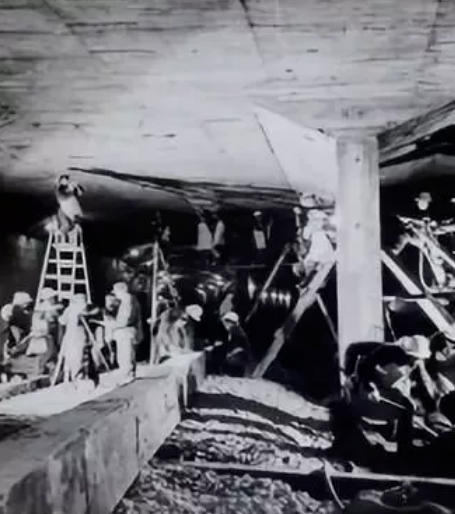
After Yang Yong took charge, he felt a heavy responsibility. To select the best scheme among many options, he specially watched films on the construction of Sweden’s underground railway. Based on evaluations by national experts, the final route design chosen was the “one ring and two lines” scheme, to be built in three phases: the first phase from Beijing Station to Fuxingmen and from Fuxingmen to Shijingshan; the second phase from the eastern suburb thermal power plant to Beijing Station, completing the ring; the third phase from Xizhimen to the Summer Palace.
On July 1, 1965, the groundbreaking ceremony for the first phase (from Gucheng to Beijing Station) was held under two ginkgo trees west of Yuyuan Road at Babaoshan. Party and state leaders Zhu De, Deng Xiaoping, Peng Zhen, Li Xiannian, Luo Ruiqing and others wielded shovels to break ground. The Central Newsreel and Documentary Film Studio also produced a documentary film.
On the same day, at the auditorium of the PLA Political Academy, Yang Yong presided over a conference attended by more than 2,000 cadres. Peng Zhen and Luo Ruiqing delivered speeches, emphasizing the strategic and wartime importance of building the underground railway, as well as the difficulties faced. Finally, Yang Yong stressed the need to fully implement Chairman Mao Zedong’s instruction of “meticulous design, meticulous construction.” He clearly laid out three principles for subway construction: above-ground projects must yield to underground works, transportation must yield to wartime preparedness, and deadlines must yield to quality.
The first phase of the Beijing underground railway was jointly designed by the Beijing Underground Railway Engineering Bureau of the Ministry of Railways, the Ministry’s Electrical Design Institute, and the PLA Engineering Corps. Construction was carried out by the Beijing Underground Railway Engineering Bureau, the Beijing Construction Bureau, the Beijing Municipal Engineering Bureau, and the PLA Railway Corps’ 12th Division. After the groundbreaking ceremony, the construction teams immediately went to the sites to begin full-scale work.
As the leading unit, the Beijing Military Region invested significant manpower and resources in planning, designing, and constructing the underground railway. To quickly become experts in engineering and make sound decisions, military leaders studied large amounts of material and conducted thorough investigations. During this period, the leadership group held eight meetings, each time carefully reviewing progress, quality, and issues, gathering first-hand information before proposing measures to resolve problems.
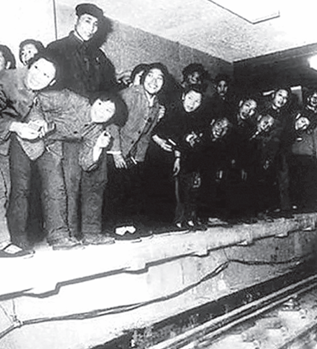
In those intense days, Yang Yong had to manage both the Beijing Military Region and the subway construction. On his desk sat three telephones: one directly connected to Zhongnanhai, one to the Central Military Commission, and one to the Beijing Municipality. They rang day and night. Yang Yong not only directed from his office but also frequently inspected construction sites. After the first snowfall in winter 1965, he braved the cold winds to enter the main subway structures, showing concern for the PLA Railway Corps’ 12th Division and reminding them to strictly follow safety rules, ensure quality, and protect themselves.
At that time, the construction involved more than 2,000 factories under seven or eight ministries. To secure materials, coordinate needs, and resolve technical and safety problems, Yang Yong and the military staff actively collaborated with engineers and relevant units, ensuring construction progress and solving countless difficulties.
The first phase adopted an open-cut five-layer structure: three layers of tar, five layers of felt, further wrapped outside with tar felt, backfilled and compacted layer by layer, topped with 60 to 80 cm of concrete, to ensure “meticulous design and meticulous construction.” From Beijing Station to Shijingshan, a stretch of over 20 kilometers with 17 stations, excavation proceeded simultaneously in sections, 24 hours a day without pause. Trucks lined up to haul soil, and at night, the floodlights made the sites as bright as day. Some drove piles, some hauled earth, others operated machinery—cars, bulldozers, excavators, and cranes worked tirelessly.
After immense efforts, on September 20, 1969, on the eve of the 20th anniversary of the founding of the People’s Republic of China, the first phase of the Beijing underground railway opened to traffic. There was no inauguration ceremony; Premier Zhou Enlai and several marshals were the first to ride the subway, taking a circle tour. From then on, China’s history of having no underground railway came to an end.
The Beijing underground railway officially began construction on July 1, 1965. The first phase, from Beijing Station to Gucheng, was completed on September 20, 1969. Together with the second phase, the total length reached 45.13 kilometers, completed in February 1976. It was the first modern underground railway in China, independently designed and built. Beijing thus became the first Chinese city with a subway. Back then, construction followed the principle of “primarily for national defense, while also serving transportation.” Today, Beijing’s dense subway network has become the backbone of modern urban rail transit, carrying the heavy burden of passenger transport in the capital.

